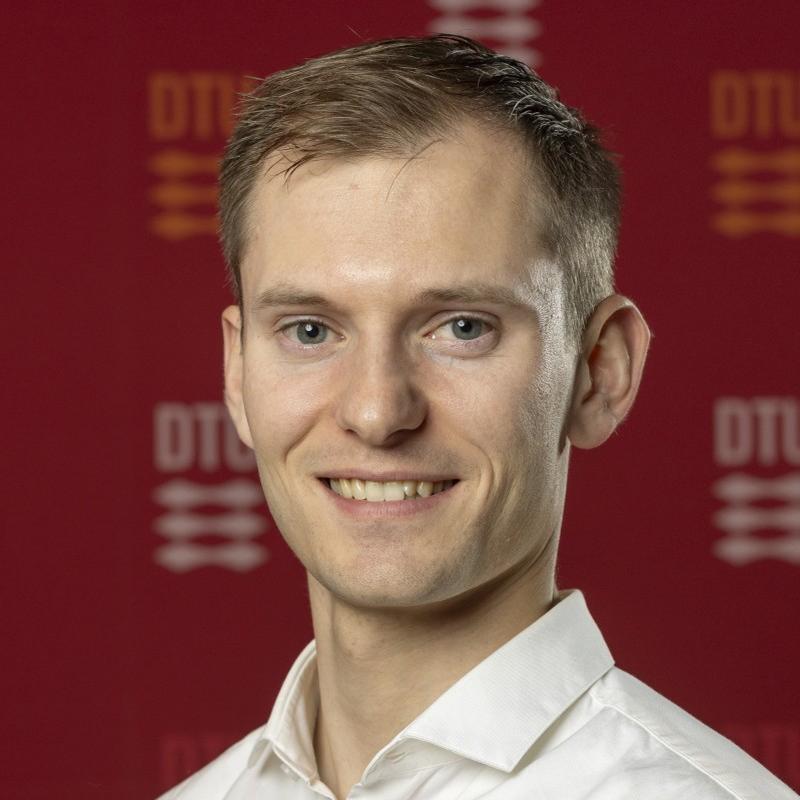Christian Mikkelstrup
Position:
Biomedical Image Segmentation using Graph Cuts
Categories:
Fellows, PhD Fellows 2024
Location:
Technical University of Denmark
Abstract:
I propose a project that combines Deep Learning (DL) and Graph Cuts for more accurate image segmentation methods of medical and biomedical 3D volumes. Current state-of-the-art segmentation research is dominated by Convolutional Neural Networks (CNNs) like U-net because they have high accuracy and are adaptable to almost any problem. However, they require large annotated 3D datasets and, since their segmentation is based on voxel-wise labeling, do not guarantee known topological features and object shapes. On the other hand, the Graph Cut is a classic segmentation method [16] based on graph theory and maximum a posteriori energy minimization. With graph-cut-based methods, we can model smoothness, surfaces, and object inclusion/exclusion, all without needing training data. It does, However, it requires spatial initialization and modeling of the image intensities to be used for the graph energies.
Combining DL-based segmentation with Graph Cuts has great potential as DL can solve the problem of graph initialization while graph segmentation can ensure the correct topological features. How to combine the methods optimally and efficiently is what I propose to investigate in my PhD. We will investigate hybrid methods for increased prediction robustness and a unified pipeline where the graph segmentation is part of the DL training, reducing the required training data. We also plan to take advantage of geometric shape priors by modeling them directly into the graph. By creating new algorithms for Graph Cuts, we expect faster algorithms that can additionally be used in an interactive segmentation setting.
To support me, I have a great cross-disciplinary team with Professors Inge Li Gørtz as principal supervisor and Anders B. Dahl as co-supervisor. Inge is an expert in combinatorial optimization for graphs and the analysis of algorithms. Anders is an expert in 3D image analysis with extensive experience in 3D image segmentation and applying segmentation to biomedical 3D image analysis problems. Through DTU Compute, I will also have access to the relevant resources, both in terms of compute and volumetric data, to enable the success of the project.
The research towards faster and more robust methods will be shared through publicly available code, enabling this general method to be applied to related problems. Investigating this segmentation approach will also lay the foundation for further research in this interdisciplinary field.

